History has it that no one knows about the origin of the Edo people. Also, no one is certain about the earliest creation of the Edo kingdom, which, according to historians, appears to have been lost in the myth of the distant past. However, one thing is certain; the fact that Edo has had its civilization since 6000 years ago through its unified system of monarchical authority called the “Ogiso.”
Edo’s civilization can be traced to the modernized system of governance with the use of self-government. In other words, the Igodomigodos (Edos) govern themselves through the ancient system of self-government called Owere (community elders).
One of Nigeria’s 36 states, Edo State is situated in the south of the nation. Also, Edo State is the 22nd largest state in terms of land area. In addition, Benin Metropolis, the capital city of the state, is also the hub of Nigeria’s rubber industry and the country’s fourth-largest city. Edo State was created in 1991, and in addition, Ondo State borders Edo State to the west, Kogi State to the northeast, Anambra State to the east, and Delta State to the southeast.
The areas now covered by the limits of Edo State had housed a number of kingdoms and empires, including the Benin Empire, which was founded in the 11th century AD. In addition, some of the greatest earthworks in the world were found in the ancient city of Edo, which is now Benin City.
Furthermore, the Edoid people, who include the Edo (or Bini), Esan, Owan, and Afemai people, predominately live in the diversified state of Edo.
In this piece, Naijabiography explores the origin and creation of Edo State, including the administration, culture, and tradition of the Edo people.
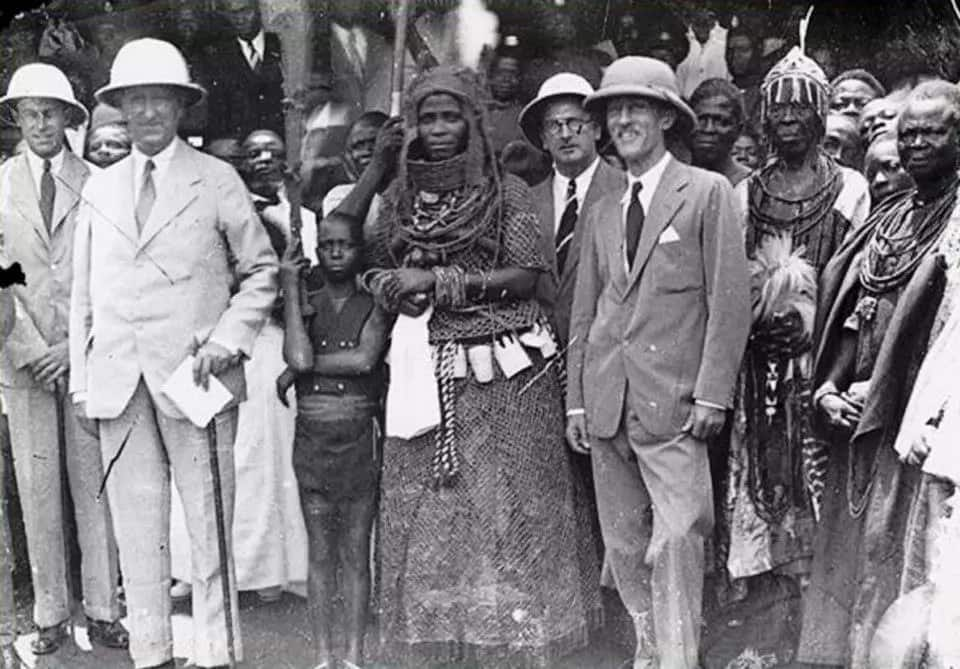
History
According to history, the great ancient Benin Empire formerly had its capital in Benin city, but now, the modern Benin City is located at the inner heart of Edo State. However, this ancient Benin empire was regarded as the strongest on the continent in the fifteenth century. This kingdom’s authority, influence, and strength extended to the present-day Onisha, Niger River, Niger Delta, and the Benin Republic.
The ancient Benin Empire, one of the most powerful African empires in the 15th and 16th centuries, had its capital in Benin City. Its authority and sway had reached Onisha in the east, the Niger delta, the northwestern portion of the Niger River, and the coast of the Benin Republic. The southern protectorate took control of Edo’s land after British forces invaded Benin City in 1897 and ultimately forced it to surrender.
The British colonial forces had longed for the fall of the Benin Empire because it would have allowed them to expand their empire into the interior of West Africa. With the Benin Empire out of the way, the Southern Protectorate and the Northern Protectorate merged in 1914 to form Nigeria. However, Sir Frederick Lugard, a British colonial conquistador, merged these protectorates using the indirect rule system.
When Nigeria gained its independence in 1960, three regions—the Northern region, the Eastern region, and the Western area—were in agitation, and each had control over Edo Land, dominated by the ethnic group and language of Yoruba. People from Benin and the Delta (that is, the Bendel) share a common ancestry, culture, and system of service that may be traced back to the former Benin Empire. This political consciousness was crystallized into the geopolitical umbrella movement, a potent lobby group led by the late Oba Akenzua II, who vehemently lobbied for the creation of a separate region for the Benin and Delta people, as a result of these historical ties and the discovery of shared roots and identity.
However, history has it that the western regional government did not support this idea of a distinct region. Therefore, a referendum was eventually held on July 27, 1963, following an extensive political and constitutional discussion. Thus, the outcome was clear-cut: 87 per cent of eligible voters wanted a separate area for the Benin and Delta people, which was over and above the required minimum by 29 per cent.

Therefore, this outcome led to legislation formulated on August 9, 1963, that is, the Midwestern Area Legislation of 1962, which was subsequently put into effect, and the Midwestern region was formally established. whose capital is Benin City. Thus, this region constitutes Nigeria’s fourth region. After the legislation was affirmed, Dennis Osadebey was chosen to serve as administrator on August 9, 1963, and in February 1964, he was elected as the first premier.
From 1976 to 1991, the Mid-Western Region, formally known as Bendel State, was a part of Nigeria. Its capital was Benin City, and it was created in June 1963 from the Western Region’s Benin and Delta provinces. It was redesignated a province in 1966, and when the other provinces were divided into various states in 1967, it maintained its territorial integrity and was elevated to the status of a state.
After formulating and executing some restructuring policies, Nigeria went from four regions to 12 states. The Midwestern area was renamed the Midwestern state on May 27, 1967, although its original geographic boundaries were kept. Thus, Nigeria’s states were further divided on February 3, 1976, when the Murtala Muhammad dictatorship increased the number of states from 12 to 19. Therefore, as a result of this development, the midwestern state was renamed Bendel state after minor boundary changes and the cession of a small portion of its riverine territory to Rivers state. In keeping with historical viewpoints of the Midwestern region, two states were formed on August 27, 1992, one of which, Edo State, retained Benin City as its capital.
It is noteworthy to indicate that in an effort to hasten the end of the conflict in 1966/67, Biafran forces attacked the nascent Mid-Western state while travelling to Lagos during the Nigerian Civil War. As Nigerian forces were about to recapture the area, the state was renamed the “Republic of Benin” while it was under the Biafran rule. A day after the announcement, Nigerian troops captured Benin City, leading to the demise of the country. Therefore, when Bendel State was divided into Edo and Delta States on August 27, 1991, Edo State was created.
The four main ethnic groups in Edo State are Edo (Binis), Owan, Esan, and Afemai (Etsako & Akoko Edo). However, due to its cosmopolitan inclinations, the state has a significant population of citizens from all over the nation and the world. When Europeans first began to explore the continent of Africa several years ago, Benin City was one of their main stops. Some of these flashpoints have continued to be state-envy tourism destinations.

Economy
Edo State has about 12 mineral resources ranging from Bitumen, Clay, Dolomite, Phosphate, Glass-sand, Gold, Gypsum, Iron-ore, Lignite, Limestone, Marble, and Oil and Gas.
Also, in Edo State, popular tourist destinations include the Emotan Statue in Benin City, Ise Lake and River Niger Beach in Agenebode, Etsako-East; including Mike Akhigbe Square at Fugar; Ambrose Alli Square at Ekpoma; River Niger Beaches at Ilushi; BFFM Building at Ewu; Igun Street; College of Agriculture and Aquaculture Technology, Agenebode; and Okpekpe with its hills and scenery. In addition to Edo’s mineral resources are limestone, quarries and crude oil.
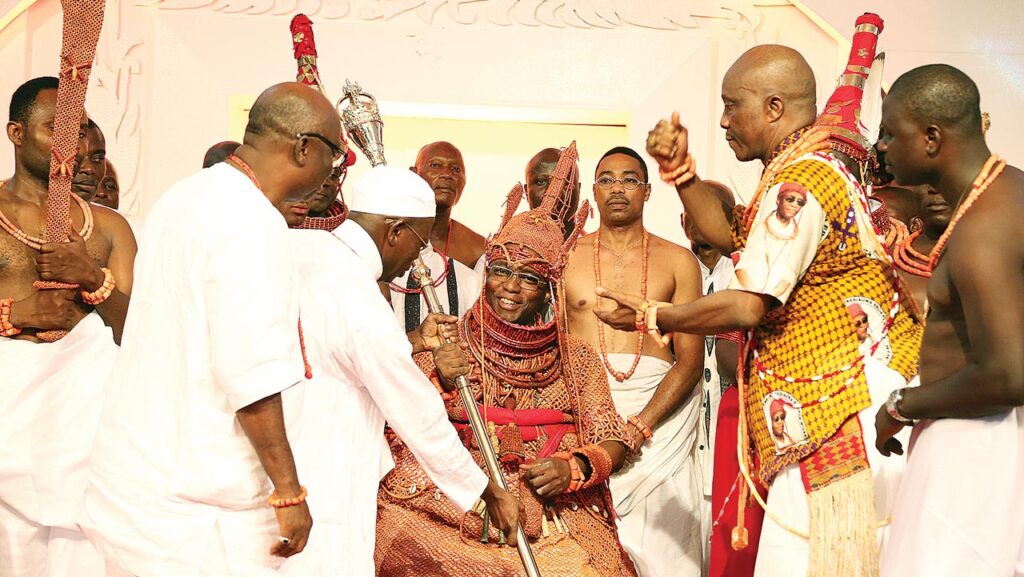
Edo People’s Tradition and Religion
One of the most distinctive dress traditions on the African continent belongs to the Edo people. Their royal-inspired fashion accessories include the use of red beads, body art, bangles, anklets, and raffia work, among others.
Furthermore, in addition to the physical world, the traditional religion of the Edo asserts the existence of an invisible realm populated by supernatural entities who serve as spokesmen for the physical world. In their individual shrines, gifts are presented to them. The Supreme God and Creator is known as Osanobua. Olokun, his son or daughter, rules over all bodies of water and is in charge of ensuring the well-being and procreation of his or her human adherents.
Meanwhile, Osanobua Noghodua is a nickname that means “God Almighty.” The term Osanobua refers to a wide range of divine principles, such as the divine state of being merciful, eternal, good, and right, as well as supreme and sublimity. According to the Edo belief system (udazi), Osanobua possesses the divine qualities of omnipresence (orhiole), omniscience (ajoana), and omnipotence (ajoana). It is thought that the Supreme Deity is present everywhere and at all times.
However, Christianity is the major religion practised in Edo State, although a minority of the population practices Islam and traditional worship.
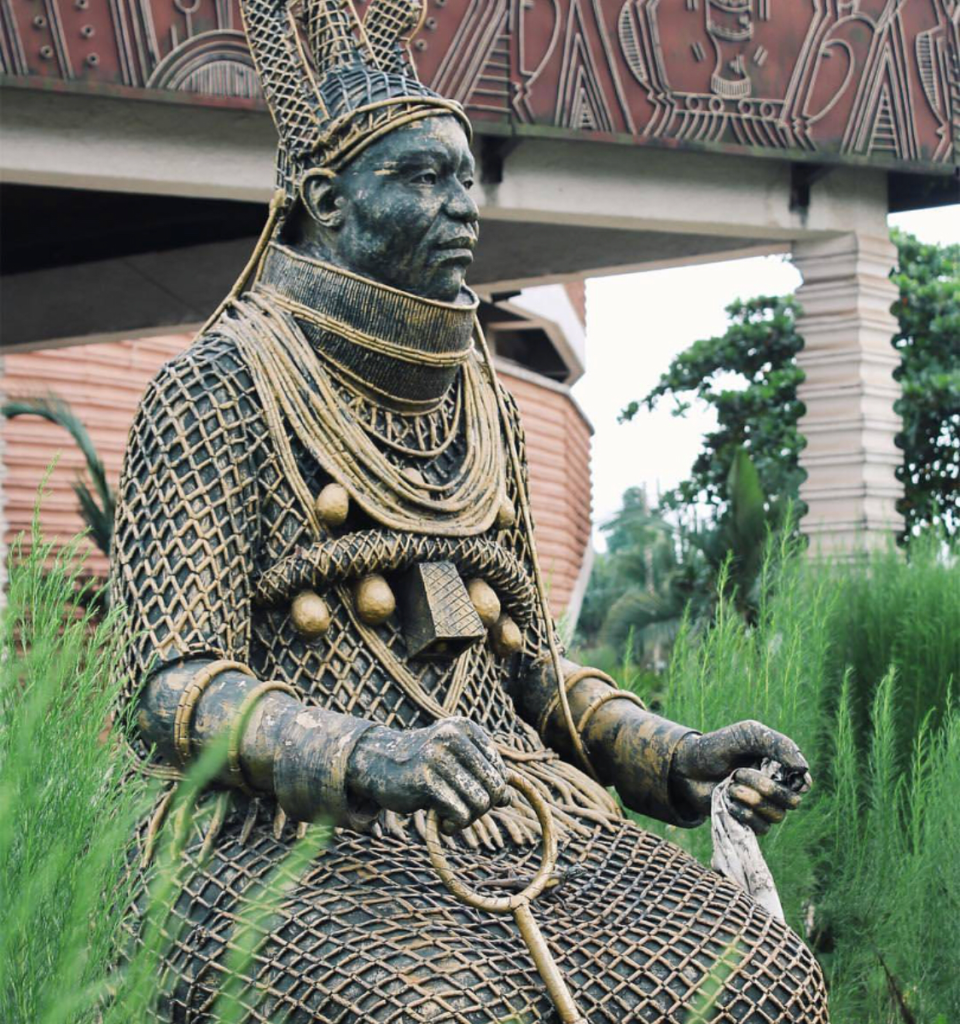
Languages and Arts
The state’s official language is English, as it is applicable to other states in Nigeria. However, the state’s primary tribal languages are Edo, Igarra, Etsako/Afemai, Esan, and Okpamheri. There are various ethnic groups in Edo State, including Edo, Okpe, Esan, Afemai/Etsako, Ora, Akoko-Edo, Igbanke, and Ema. However, the majority of Muslims live among the Etsako and Afemai people of Edo state. They reside in six local government units across the state, and farming is their primary industry.
Meanwhile, the sculptures, plaques, and masks that are easily recognized represent various spiritual and historical facets of traditional Edo culture. In addition, the Queen Mother Idia’s mask and the enormous collection of ancient Edo artworks known as the Benin Bronzes, which can be found not only in Nigeria but also all over the world, are two of the most well-known examples of Edo art.
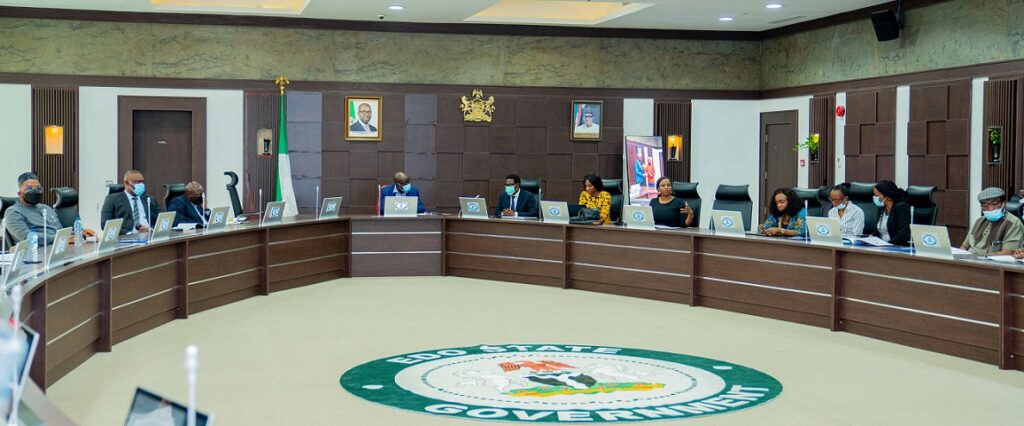
Modern-Day Edo State
The present Governor of Edo State is Godwin Obaseki, who was sworn in on November 12, 2016. Also, the Oba of Benin Kingdom is Ewuare II, who is the 40th Oba and began his reign in 2016 to date.
Other prominent Edo people include; Dele Giwa, Albert Legogie, George Agbazika, Adams Oshiomhole, Prince Tony Momoh, Lancelot Oduwa Imasuen, Tony Ezekiel, Raymond Dokpesi, and Augustine Eguavoen, among others.
Aside from being one of the recognized tourist centres, Edo state has some notable learning institutions including Auchi Polytechnic, Ambrose Alli University, Ekpoma, Benson Idahosa University, Benin City, Edo State Polytechnic Usen, Edo Technical College, Edo State University, University of Benin, among others.
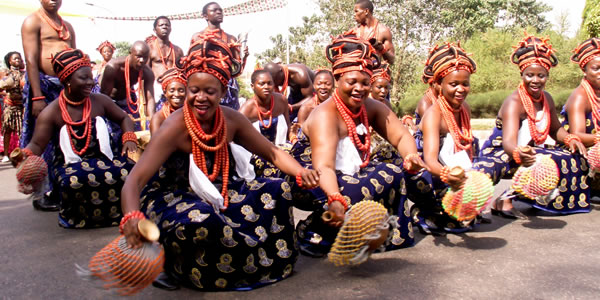
Edo State now consists of 18 local government areas, and the Edo State House of Assembly which is the fifth assembly has 24 divisions as of 2013. In addition, the state also has a state judiciary saddled with the responsibilities of interpreting the laws of the land and resolving disputes. The present Chief Judge (acting) of Edo State is Justice Joe Acha sworn in on the 16th of May, 2021.





